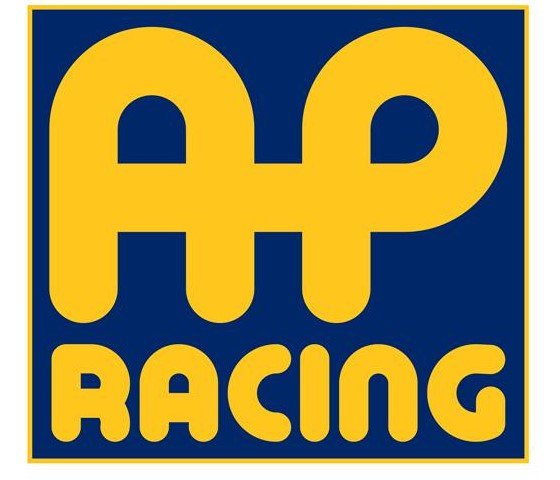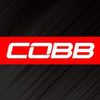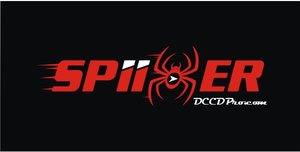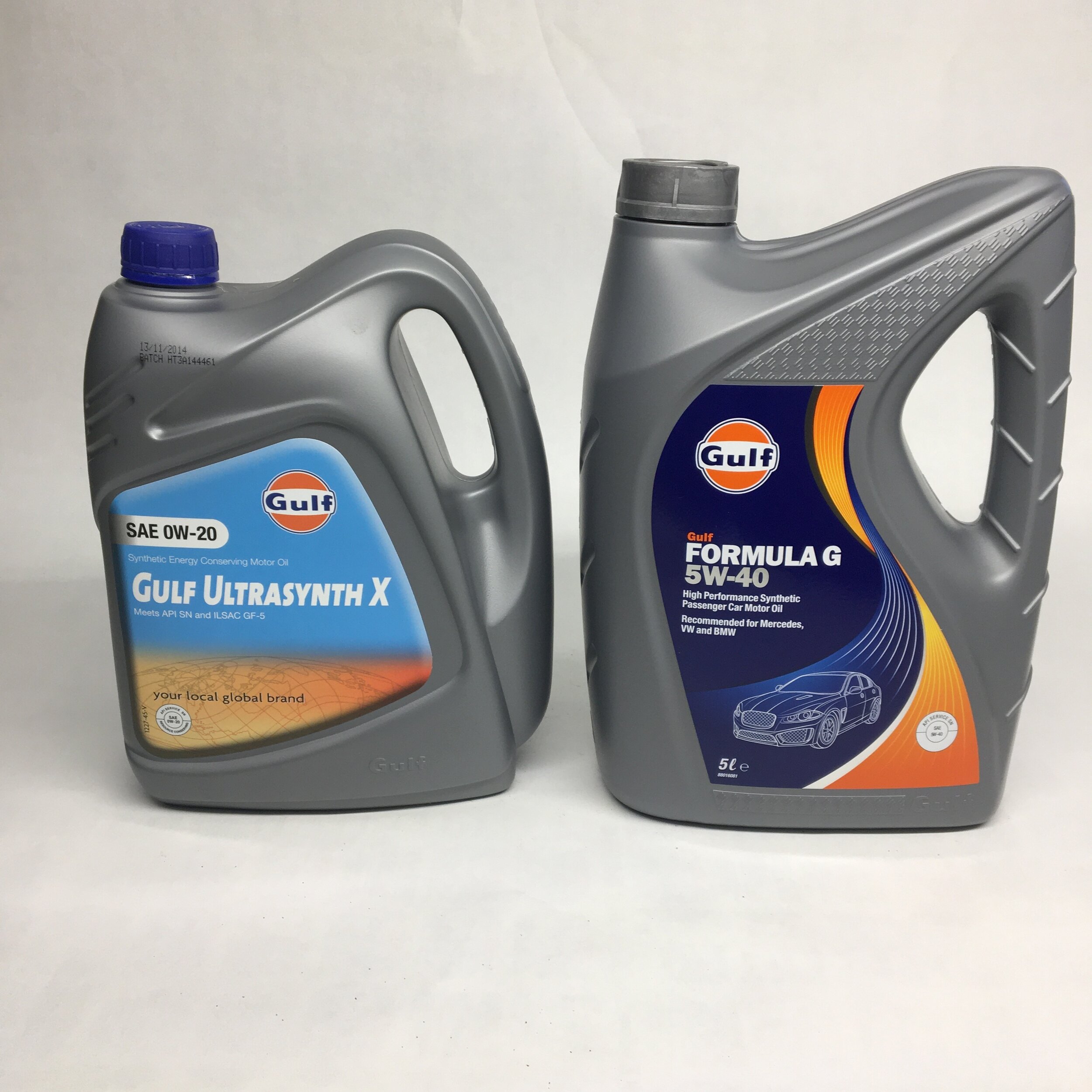Rally Car Prep 101
Rally car preparation is one of the most important aspects of rallying. When you decide to go into rallying you must have a direction of what you would like to do or achieve. Rallying can and does burn up as much money as you can get your hands on. However there are cheaper alternatives within this expensive sport. You should be asking yourself "Where do I want to go and what is the level that I would like to reach?". Knowing this will help you stay on budget and make the right decisions in your rally career. Now all rally enthusiasts would like to be another Colin McRae or Tommi Makinen, but for your start in rallying don't think about starting at this level right away.
With the preparation of your rally vehicle you must be committed to spend money in the right areas. Also in the preparation of your rally vehicle you must look at the level of the sport you can afford or a level that you can reach.
There are many levels of vehicle classes that you can compete in within Canada. For an overview of these classes visit the Rally of the Tall Pines Beginner Guide.
Without going into the details of car classes, all classes have common areas of preparation. With any rally or race vehicle it is very important to have a rigid body / chassis as a platform for your vehicle. A vehicle in its standard form is not very rigid for competition use, so the method to make the vehicle rigid is to put a roll cage into the body and make it an integral part of the vehicle. Properly designed roll cages will and do strengthen up the vehicle. For Group N and rally vehicles there will be a homologated roll cages of which you must follow the design and meet the required metal tube strength. You must install a proper roll cage in your rally vehicle as this can be looked upon as similar to good foundations. Installing the correct roll cage in your vehicle not only protects the occupants in the vehicle during an accident and making the vehicle rigid but also makes the vehicle rigid. This will allow the suspension to operate correctly and allow the vehicle to handle correctly.
To install a roll cage, the vehicle must be totally stripped to a bare body shell. You will then need to strip all the body sound proofing material off the vehicle floor plan and then seam weld all the possible seams in the vehicle. After finishing this seam welding then install the roll cage.
Suspension can be considered and is an expensive item needed for your rally vehicles preparation. Always purchase recognized and renowned brands of suspension parts. There are all types of brands which have fancy rally stickers and also priced much cheaper than the renowned brands but don't get caught with these cheap brands. In the first 10 km of your rally the suspension will fail and that's where all your rally problems will start. With good suspension it will last possibly up to 2 years providing you do not have an accident and bend the suspension. After 2 years you will need to service the 4 shock absorbers and re-install into the vehicle and away you go. Also with good suspension you will be able to learn to drive better. So many beginners in rallying fail because the have not invested in the correct areas, they purchase cheap suspension, find that the vehicle is uncontrollable in their first rally, and either crash or damage the chassis of the vehicle.
Beginners to rallying think that they need fast vehicles with powerful engines. Again this is where they fail. With a beginner in rallying, even if they were placed in a properly prepared Lada, they would not be able to drive this vehicle on its limits.
When starting out in rallying, forget about horsepower because what you need is a vehicle which will handle properly and will be able to take the rough roads which you will experience in rallying.
Once you have done a season of rallying and learned how to control a rally vehicle then look at upgrading your horse power. But remember, extra horsepower gives the vehicle extra speed which means extra stress on all parts.
Stopping the vehicle is also a important part of your rally vehicle. Depending on the type of rally vehicle you are entering, be it Production GT, Group N, or Open Class, there are rules as to the type of braking set up that can be installed into the vehicle. With Group N type rally vehicles the rules do not allow you to change the braking devices but allow you to install better brake pads, of which there are very good brake pads available today.
After you have finished preparing your rally vehicle there are other important areas to consider. The list of items is very lengthy. A few of these items which need to be considered are as follows:
Rally rims - minimum 12 pieces
Rally tires - minimum 12 pieces
Service crew - minimum 4 persons
Service vehicle - minimum 1
Vehicle jack - minimum 1
Spare Parts - Spare parts must be new or in very good condition (A well equipped service van should have enough spare parts to rebuild the vehicle)
Tools
Fuel containers
Co-driver
Helmets with intercom
Spot lights for rally vehicle
This article on rally car preparation is very basic and touches on a few areas of vehicle preparation. Should you require further information of rally vehicle creation, then follow one of the national or club rallies held through out the year.
Visit http://www.carsrally.com/ for more information on rallying in Canada.
If you are interested in getting into rally and are wondering about which cars to choose from, we have a selection of cars waiting to be turned into rally machines.





























